Sovereign wealth funds (SWF) are expected to be overweight real estate this year as they reallocate from fixed income and find infrastructure investment challenging.
According to Invesco’s latest Global Sovereign Asset Management Study, more than two thirds (67%) of SWFs reported being overweight real estate in 2016 and 46% expect to be similarly exposed this year.
But 71% of investors reported being underweight infrastructure due to “execution challenges”.
Invesco concluded that low interest rates were the leading factor driving increasing allocations to real estate as SWFs sought alternative sources of income.
But it said geo-political uncertainty and limited options to increase risk asset allocations were causing sovereign investor to make fewer allocation changes than at any point in the past five years.
The study suggested that widespread moves into real assets, such as infrastructure, was benefitting real estate, the most established asset class.
Alex Millar, head of EMEA sovereigns, Middle East and Africa institutional sales at Invesco, said: “Demand for alternatives like infrastructure has been a consistent theme in past years, but this year the challenge of increasingly scarce supply is compounded.
“Whilst investors have fewer asset allocation levers with which to respond, they are delving deeper into more supply-rich real estate markets, and looking to the US and Germany for opportunity and economic strength.”
This year’s survey respondents – 97 individual sovereign investors and central bank reserve managers across the globe representing $12trn of assets – cited a range of reasons for increasing target real estate allocations, including: the scope to capture liquidity alpha; the potential to generate liability-matching income, and the potential for internalisation and control.
Home market real estate was particularly attractive for liability and investment sovereigns since it does require currency hedging.
Sovereigns on average increased their home market real estate allocations at a greater rate (increasing by 1.2% of total assets) than their global real estate (0.3%) year on year.
The increase in home market allocations generally is mirrored in sovereign appetite for income-generating real estate assets, matching home currency-denominated liabilities at higher yields than domestic fixed income.
Invesco concluded that the tilt to domestic real estate was funded substantially from capital that would have otherwise been allocated to fixed income.
Growth in international real estate allocations was mostly linked to tactical factors such as restrictions in domestic markets or challenges achieving target allocations in infrastructure or private equity.
Sovereigns favoured high-grade office and commercial real estate – since long-term tenancies make generate income generators – over industrial or residential categories, which offer asset growth and development potential.
Survey respondents expect office and commercial to each comprise 40% of total respondent real estate portfolios in the next three years, while industrial and residential are expected to make up 16% and 28% of portfolios, respectively.
The survey asked participants to rate the importance of various economic and geopolitical factors on their investment strategies. While low interest rates were seen as the greatest tactical asset allocation factor driving increasing allocations to real estate in the near term, the longer-term implications were less certain given expectations of a gradual return from quantitative easing to quantitative tightening.
Invesco concluded that Brexit and the US election result are expected to grow in importance for future allocations, as the implications of political shifts on investment performance becomes clearer.
Sovereign investors continued to rank the US as the number one market in terms of attractiveness for the fourth year in a row.
The attractiveness was attributed largely to interest rate rises as well as market confidence of a pro-business corporate tax regime following President Donald Trump taking office in January 2017, Invesco said.
However, long-term confidence is still restricted by uncertainty around whether Trump will deliver on policy promises, and positive views on potential infrastructure investments in the US are hampered by concerns about growing protectionism limiting access for foreign sovereigns.
The UK saw the biggest drop in attractiveness to sovereign investors. Brexit is seen as a significant negative factor for UK investment, and investment sovereigns with European interests questioned the future of the UK as an “investment hub” for Europe, given uncertainty over taxes on imports and market access.
Millar said: “Despite the apparent negative sentiment around the UK, many sovereigns confirmed their long-term commitment to existing UK investments post-Brexit – especially real estate and several high-profile UK infrastructure investments, including Thames Water and Heathrow Airport.
“These are unlikely to move until the outlook for the UK as a preferred investment destination becomes clearer.”



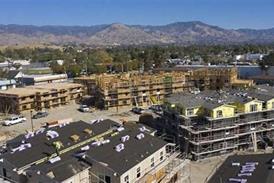





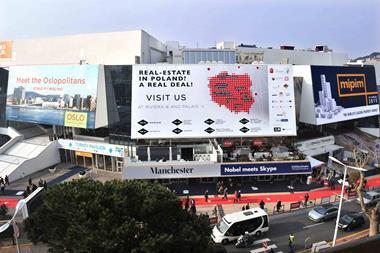
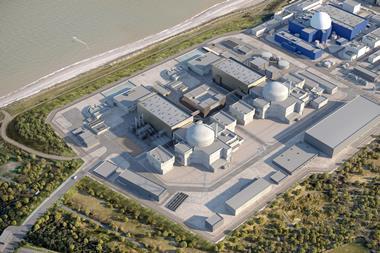
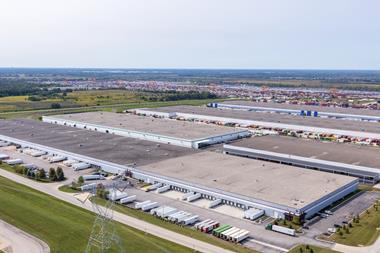

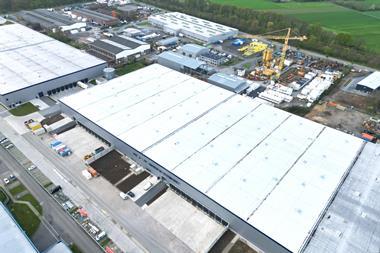

No comments yet